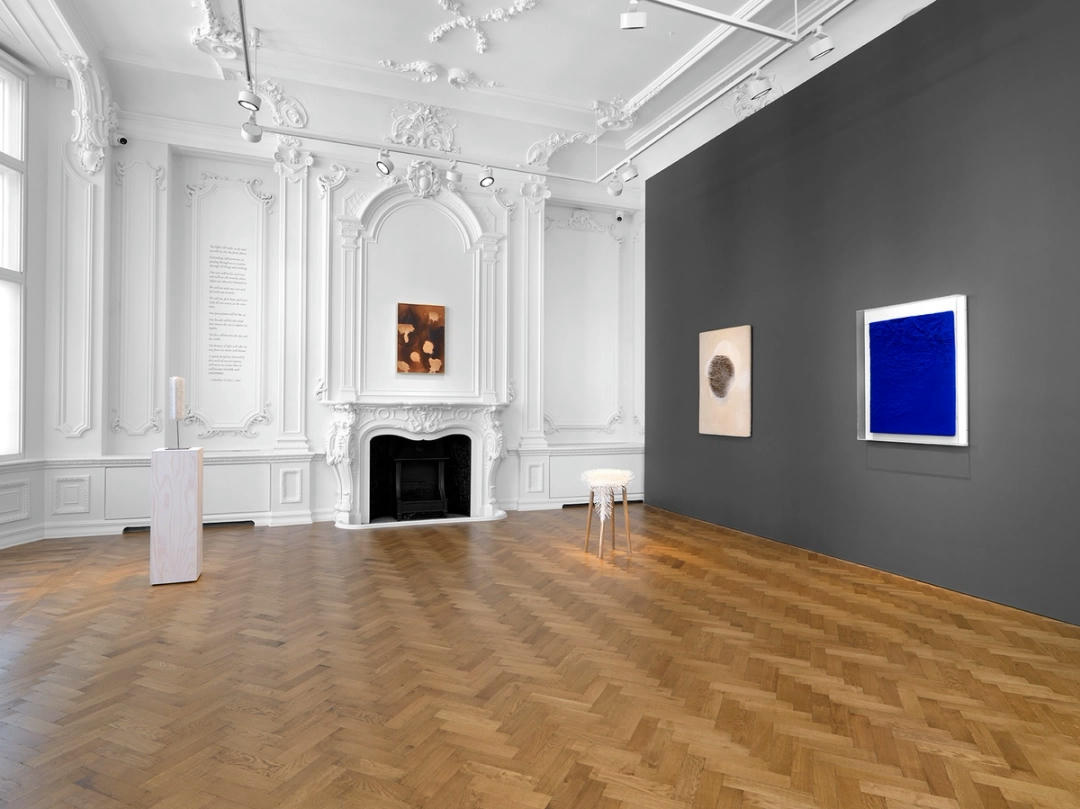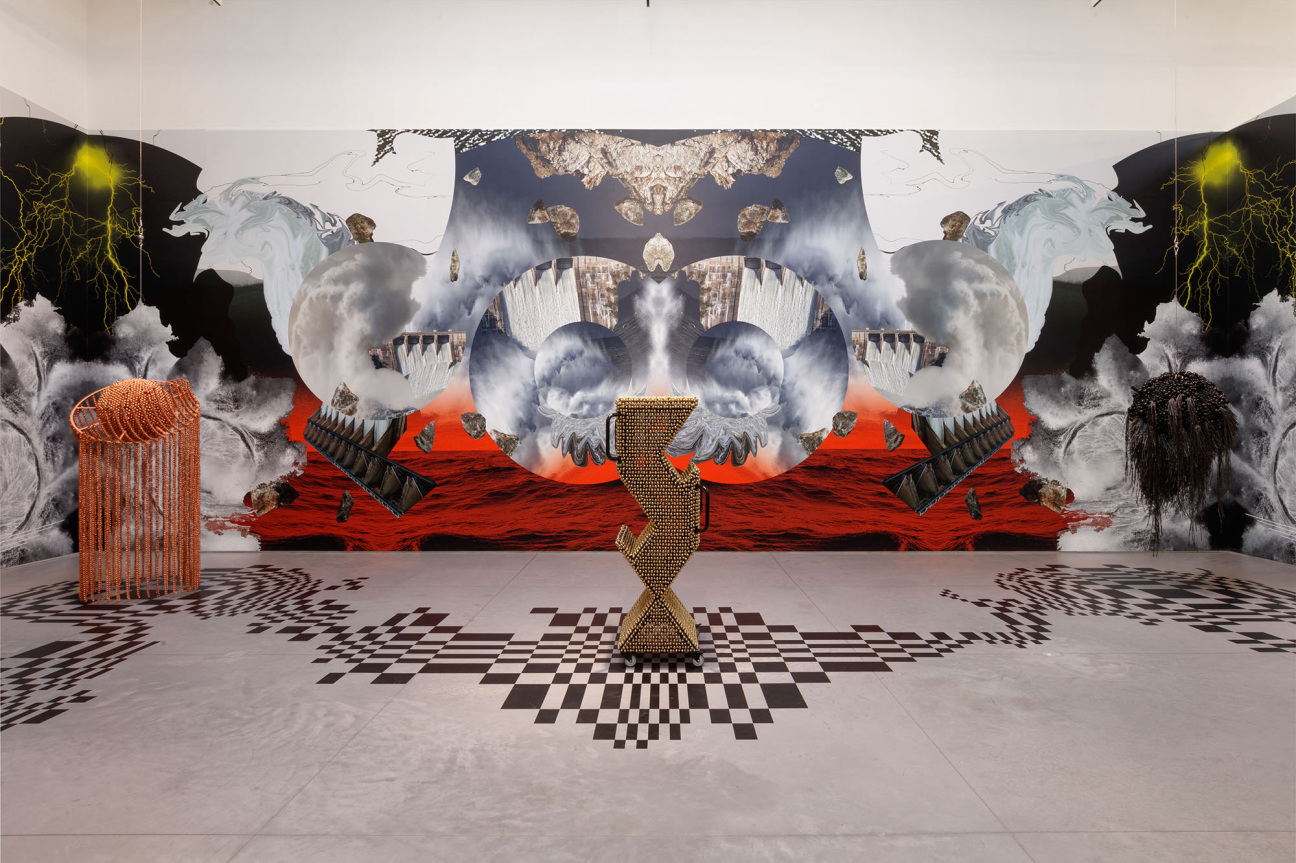This was not a typical summer for Susanne Vielmetter. Having been in business for 24 years, the Los Angeles contemporary art dealer has seen her fair share of market ups and downs. But in her view, the current dip is a doozy. “I think this contraction is as bad if not worse than 2008,” she tells CULTURED.
So, she is changing the way she does business. In good times, dealers have waiting lists for popular artists’ works and sometimes require payment within 30 days. These days, Vielmetter is offering additional discounts and allowing clients up to 12 months to pay.
For market participants who entered the game after 2020, all this turbulence may come as a surprise. Auction prices for some young artists have crashed as much as 90 percent since the peak of demand in 2021. Auction houses’ revenues are down significantly. And gallerists—who are known to put on a brave face and positive spin—haven’t been shy about telling the press that buyers are much less active right now.
But as the expression goes, your mileage may vary. Insiders are fond of saying that the art market is actually composed of many markets, each with their own distinct rhythms and clientele. Ask a handful of market participants—collectors, dealers, and advisors—about the temperature, and you will get a handful of answers.

“The market is very soft,” says New York advisor Gardy St. Fleur, who works with clients in various industries but is best known for advising athletes, with whom he’s been busy this summer placing works that are “undervalued.”
“I don’t call it a downturn,” says dealer Dominique Lévy, whose gallery, Lévy Gorvy Dayan, shows contemporary and blue-chip modern artists and has showrooms in New York, London, and Hong Kong. (The latter is closing in January, but Lévy says that’s not a cost-cutting measure but rather because “client behavior has changed.”) “It’s a buyer’s market. In 2008, we saw a decline and silence. Now, the market is very active, albeit softer.” These days, buyers are more willing to walk away if the terms aren’t right.
The macro reasons for a downturn aren’t hard to understand. We’re in what Time magazine calls “the ultimate election year,” with dozens of countries headed to the polls, and uncertainty breeds caution. Interest rates and inflation are taking their toll. War in Europe and the Middle East has created a sense of perma-crisis, and wealthy Russians aren’t buying. Meanwhile, the market can only absorb so much material and buyers who gorged on art in 2020 and 2021—driving prices to unsustainable heights—are taking a breather.
One person’s contraction is another person’s correction. “It’s hard to pin down,” says the Dallas-based collector Howard Rachofsky, who has over decades built a major collection of postwar and contemporary art. “It’s entirely subjective. It’s not a universal disaster but not as ebullient as two years ago.”

Those with a tendency to look at the bright side say that the art market is ridding itself of froth and making room for both committed new collectors and art that has the potential to stand the test of time. New York collector Will Palley, co-chair of the Young Patrons Council at the Museum of Modern Art, collects established figures like Lynda Benglis and Julie Mehretu along with younger artists like Frieda Toranzo Jaeger. For him, collecting is personal: “As a queer person who moved to the U.S. as a teenager, I’m really focused on supporting queer and female artists, and with the way the world is shifting, I have a very keen eye on the Global South.”
Asked whether current market softness might dissuade young buyers who may be mindful of art’s resale values, he chooses his words carefully. “I will say this: There will always be collectors who view art as an asset class,” he says. “That said, the collectors who are really going to propel the market forward and sustain it in the long run are passionate about art and about artists, and I would hope to consider myself among them.”
He’s hearing exactly the same thing Vielmetter is saying: At this moment, gallerists are having to work harder. For his part, St. Fleur isn’t shedding any tears for them. “They all got too comfortable!” he says. “People got used to selling to the same clients, over and over again. “I’m happy the market is readjusting itself,” he adds. “If things get a little more reasonable, and you get a smaller art world, that could be a good thing.”
Sign Up for the Cultured Newsletter
Sure, we can be close friends. Unfiltered access awaits.

